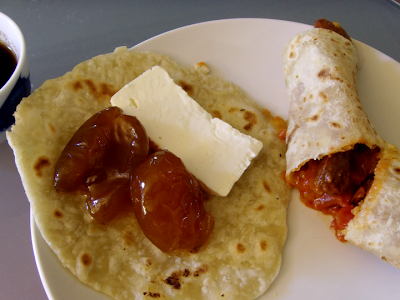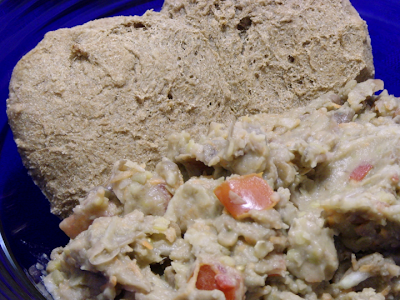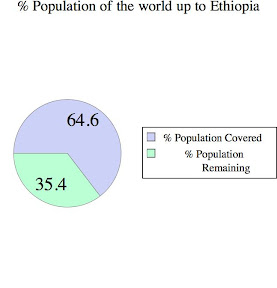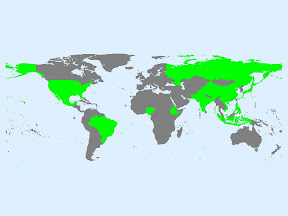Background
For this breakfast we were fortunate to have two sources. The first was a friend from college, Tolga, whose parents are from Turkey and he was ale to provide an outline of the meal. Classic Turkish Cooking
The breakfast is a bread wrap of sucuk (pronouced sujuk) and tomato recommended by the owner of Turkuaz Market. On other pieces of flat bread we had a farmer's cheese called piknik ciftlik peyniri and an interesting jam containing whole apricots. The cookbook contains a recipe for a similar cheese but the preparation involves several 6 hour waiting periods and we did not have time.
Gozleme
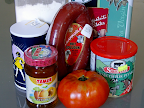
- 4 oz flour
- 1.2 tsp salt
- 1 tbsp olive oil
- 2-3 fl oz warm water
- Mix together flour and salt.
- Make a small divot in the flour and add the oil and half the water.
- Mix ingredients and add more water to make a dough.
- Divide into 4 balls and cover with a damp towel for 20 minutes.
- Roll out into disks 5-6 inches wide.
- Spray one side with olive oil and cook on a skillet over medium heat.
- Spray the top side with olive oil, turn, and cook until done.
- Eat with jam and cheese, or topping below.
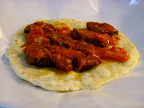
(for four gozleme)
- 1 large tomato, chopped
- 8 oz sucuk
- olive oil
- flour
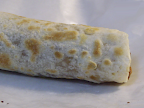
- Remove casing from sucuk and lightly chop it.
- Heat a little olive oil in a pan and add sucuk and tomatoes.
- Cook until you get a saucy consistency. Add flour to thicken the sauce if needed.
- Spread the sauce on a gozleme as the second side is cooking.
- Place gozleme onto wax paper and roll into a cone.
- Keep in a warm oven until ready to serve.
The brewing process is very specific and different from other methods of brewing coffee. The use of a cezve is the major hallmark of Turkish coffee. It resembles an erlenmeyer flask.
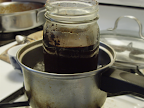 We attempted to make the coffee without this tool. The method was a lot of effort for normal tasting coffee with grounds in it. We briefly document this method so that others can avoid it.
We attempted to make the coffee without this tool. The method was a lot of effort for normal tasting coffee with grounds in it. We briefly document this method so that others can avoid it.In order to simulate the narrow mouth of the cezve we chose a 1 pint canning jar and made a jury rigged double boiler using a sauce pan as illustrated. After that we made an attempt to follow a recipe we found on line of simmering the grounds on the top of the water and creating a froth.
Results and Discussion
The star of this breakfast was the sucuk. The sausage is made of beef, lamb and seasoned with a variety of spices. The moment I took it out of the wrapper the smell was amazing and I got to enjoy the smell the entire time. In this recipe I think that the sausage would have benefited from being put through a food processor before cooking, as it would have made it much easier to spread on the gozleme. Some further research showed that this sausage is eaten in many of the countries in Eastern Europe, the Middle East and Central Asia. We look forward using future projects and it will take self control to not use it in each one.
The gozleme is a less heart-stopping version of the puri we made for Pakistan—they could probably be used interchangeably without a lot of difference. I think a better result would be achieved brushing on the oil instead of simply spraying it. The recipe also scales up and down to fit the needed sizes very easily.
The piknik ciftlik peyniri has a texture similar to feta but less crumbly. The apricot jam's sweetness provided an excellent counterpoint to the cheese's salt. The jam also had an unusual texture. In most jams the fruit is in pieces. This was more whole apricots in a syrup. We kept the left over syrup to use as we see fit in the future.
